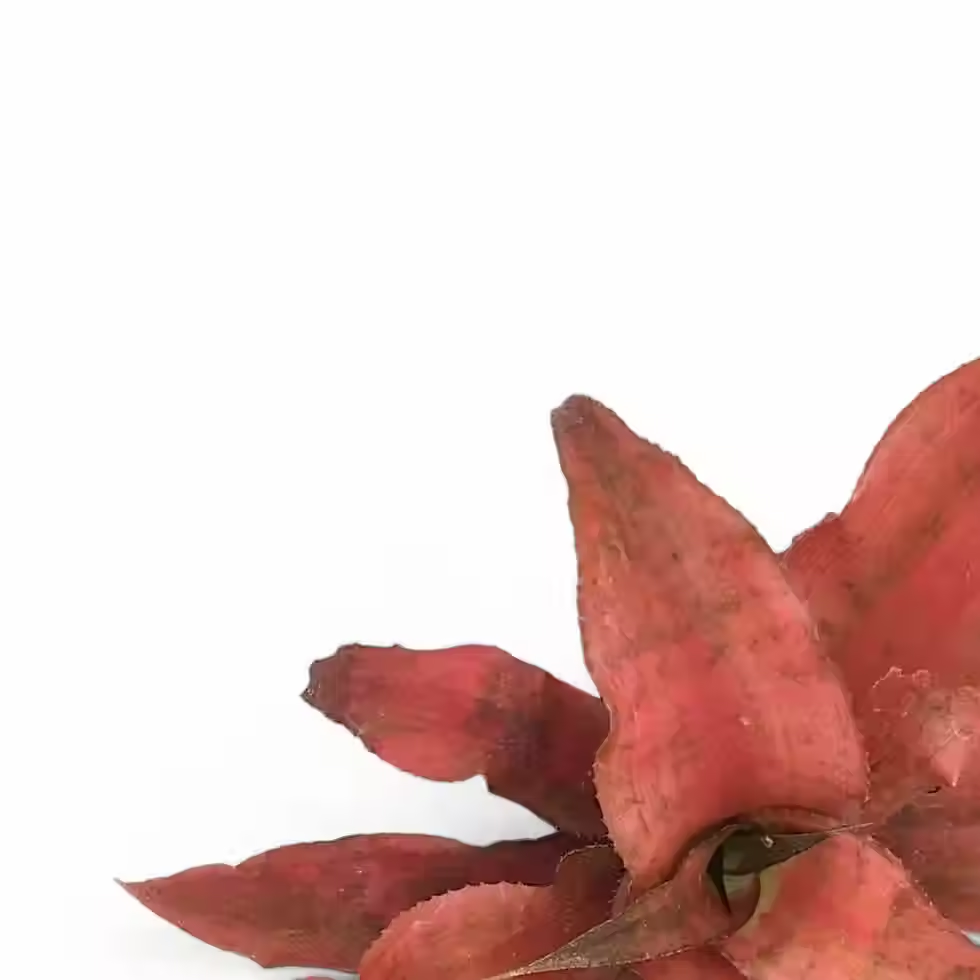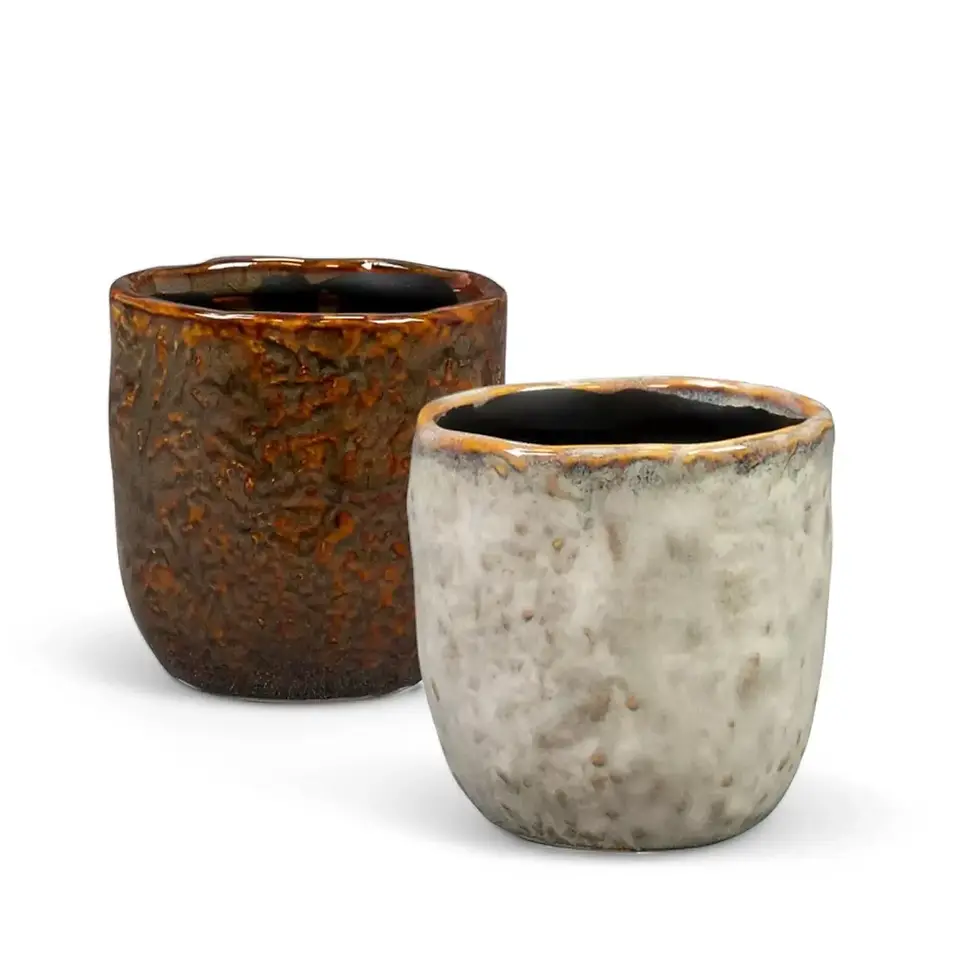Bacurio delphinatifolius (Senecio peregrinus) - Plant Information and Care Tips
Bacurio delphinatifolius, also known as Senecio peregrinus, is a hybrid of Baculellum articulatum and Curio rowleyanus. Its dolphin-shaped leaves make it a favorite for indoor hanging baskets, adding a playful touch with cascading stems that naturally draw the eye.
Why You'll Love Bacurio delphinatifolius
The most striking feature of Bacurio is its playful dolphin-shaped leaves that instantly make it a conversation starter. This easy-care succulent has trailing stems that look stunning on high shelves or in hanging planters.
Pet Safety Warning
Toxic if ingested by pets. Keep out of reach of cats and dogs.
Cultural Significance of Dolphin Succulents
Symbolizes creativity and uniqueness. Particularly popular in Japan for its novelty and playful appearance.
Growth Rate and Expected Size
Moderate grower, trailing up to 30-90 cm with proper care.
Styling Ideas for Bacurio delphinatifolius
- Perfect for hanging planters or macrame holders.
- Pair with trailing plants like String of Pearls for a layered look.
- Place in a bright spot for the best visual impact.
Complete Care Guide for Bacurio delphinatifolius
Light Requirements
- Thrives in bright, indirect light.
- Avoid direct sunlight to prevent leaf scorch.
Watering Tips
- Use the 'soak and dry' method—water thoroughly, then allow soil to dry completely before watering again.
- Overwatering can lead to root rot.
Humidity and Temperature
- Prefers temperatures between 18-24°C.
- Does well in average indoor humidity avoid drafts and sudden temperature changes.
Best Soil Type
- Use a well-draining cactus or succulent potting mix.
- Ensure aeration to prevent root suffocation.
Repotting and Pot Selection
- Repot every 1-2 years or when the plant outgrows its pot.
- Always use a pot with drainage holes to prevent water pooling.
Fertilizing Tips
- Feed with a diluted, balanced succulent fertilizer every 4-6 weeks during the growing season.
- Skip feeding in winter when growth slows down.
Semi- and Hydroponic Growing
- Adapts well to semi-hydroponic mediums like LECA, perlite, or pumice.
- Can thrive in full hydroponic setups with proper oxygen and nutrient balance.
Pruning Tips
- Prune leggy growth to maintain a bushy appearance.
Perfect Placement Ideas
- Ideal for hanging baskets, macrame holders, or high shelves.
- Ensure it gets enough light to keep leaves vibrant.
Seasonal Care Tips for Bacurio delphinatifolius
- In winter, reduce watering as growth slows.
- Move closer to a window to maximize available light.
How to Propagate Bacurio delphinatifolius
- Soil Propagation: Let stem cuttings dry for a few days, then plant in well-draining soil.
- Water Propagation: Submerge cuttings in water until roots form, then transfer to soil.
Common Problems and Solutions
Pests
- Watch for mealybugs, spider mites, or aphids.
- Treat with insecticidal soap , neem oil, or use beneficial insects.
Root Rot
- Overwatering is the biggest issue.
- Ensure soil dries between waterings and use a well-draining pot.
- Trim mushy stems or black roots and let the plant dry before repotting.
Leaf Issues
- Yellowing or dropping leaves: Overwatering or insufficient light.
- Brown leaf tips: Low humidity or irregular watering.
- Wrinkling leaves: Underwatering—water thoroughly and let soil drain well.
Extra Growing Tips for Thriving Bacurio
- Provide bright, indirect light, well-draining soil, and water only when dry.
- Rotate every few weeks for even growth.
Etymology
The name delphinatifolius comes from Latin, meaning dolphin-like, due to its leaf shape. The hybrid parentage of Baculellum articulatum and Curio rowleyanus adds to its unique lineage.
FAQs
Why are my Bacurio’s leaves wrinkling?
Wrinkled leaves indicate dehydration. Water thoroughly and allow the soil to dry before watering again.
Can Bacurio delphinatifolius grow outdoors?
Yes, but only in warm, frost-free climates. Prefers semi-shaded spots with stable temperatures.
How often should I water Bacurio delphinatifolius?
Every two to three weeks, depending on conditions. Allow soil to dry completely between waterings.
How do I care for Bacurio indoors?
Keep in bright, indirect light, use well-draining soil, and water when soil is dry. Provide space for trailing growth.
Why is my dolphin succulent dying?
Overwatering is the most common cause. Let soil dry fully between waterings and ensure proper drainage.
Order Your Bacurio Today!
Ready to bring some playful, dolphin-like vibes into your home? Order Bacurio delphinatifolius online today and let its unique foliage bring a smile to your space.
Bacurio delphinatifolius (Senecio peregrinus)
Bacurio delphinatifolius (Senecio peregrinus) comes in following sizes:
S – is approximately 15 cm long and comes in a ø 12 cm pot.
M – is approximately 25 cm long and comes in a ø 15 cm pot.

























































